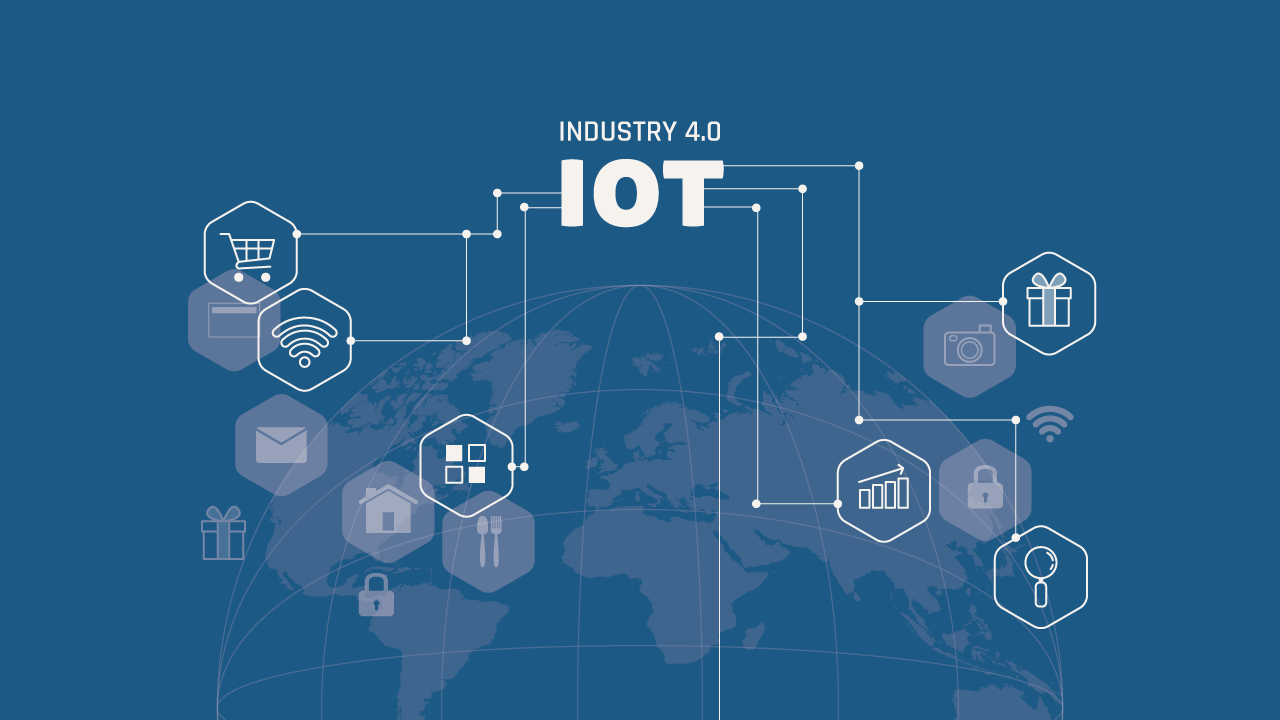If you’re a marketer or business owner, you’ve likely considered how best to encourage customer loyalty and promote sales.
Most marketing teams leverage loyalty programs or one-time discounts. When business is stagnating, it can be tempting to jump the gun and choose one without doing much research. While both discounts and loyalty programs work to promote customer loyalty and brand awareness, they serve a different purpose.
Use this guide to learn everything you need to know about customer loyalty programs vs. one-time discounts—and which is more effective for your business.
Table of Contents
What Are One-Time Discounts?
Sales discounts represent reductions in your pricing. A one-time discount is typically awarded on the basis of some customer action. For example, you might grant a one-time discount to a new customer to incentivize them to purchase, or you might offer a price reduction in exchange for a referral.
Some companies choose to award one-time discounts for no reason at all—simply to encourage sales and boost revenue. This is also known as a sale or flash event.
There are many types of one-time discounts. These include:
- Coupons are sent to a single customer who can then use them to leverage a discount.
- Sales involve discounting a significant portion of your inventory.
- Buy One Get One Discounts represent a type of sale in which you award a second item at a discounted rate.
- Early Payment Discounts offers rewards for customers who pay early.
While there are many more types of one-time discounts, these are the most popular.
Are One-Time Discounts Effective?
The data surrounding the efficacy of one-time discounts is inconclusive. While many believe that they merely represent a reduction in value, causing a business to lose money, others maintain that they offer benefits.
One-time discounts are an excellent way to move excess or outdated inventory. Additionally, they can drive short-term sales and allow you to attract more customers. Lastly, they can help create demand around a given product or service.
What Are Customer Loyalty Programs?
Customer loyalty programs are systems whereby businesses reward customers who make frequent purchases.
Customer loyalty discounts offer many benefits since they promote your customer’s attachment to your brand and encourage repeat purchases.
The most common types of customer loyalty programs are:
- Points are awarded to customers regularly for each purchase
- Referral Programs, which allow customers to earn credit for referring other customers
- Free Products consist of offering free perks with a purchase or repeated purchases.
Are Customer Loyalty Programs Effective?
There are many advantages to customer loyalty programs.
First, it costs less per acquisition since you are capitalizing on existing clients instead of seeking out revenue elsewhere.
Customer loyalty programs also serve as a retention tool, allowing you to retain valuable customers and build brand loyalty. They also incentivize existing customers to repurchase from you repeatedly.
Aside from their financial benefits, customer loyalty programs allow you to introduce new products to your customers, collect necessary data and customer information, and promote a positive association with your brand.
Customer Loyalty Programs vs. One-Time Discounts
While customer loyalty programs and one-time discounts may appear similar, they vary considerably when it comes to their benefits.
Consider the following benefits to determine which method is suitable for you.
Generating Revenue
The main goal of any company is to generate revenue.
While one-time discounts can help you generate revenue, they cost more per customer than loyalty programs and drive the value of your inventory down.
For this reason, customer loyalty programs are more effective at generating revenue as they incentivize more purchases.
Improving Customer Retention
Customer retention is one of the most critical aspects of business. Customer loyalty programs encourage customer retention by incentivizing customers to remain loyal to your brand. While discounts may promote retention, the data could be more precise.
Encouraging Repeat Purchases
While one-time discounts promote purchases, they don’t cultivate repeat purchases. Loyalty programs are far more effective in encouraging customers to return to your establishment and continue spending money.
Clearing Inventory
Clearing inventory is necessary when you have a backlog of products you can’t sell. Both customer loyalty programs and discounts can help you clear stock to make room for new products, but values are generally more effective since you can choose which products to offer sales.
Collecting Data
While one-time discounts may allow you to capture some data, customer loyalty metrics are far more effective.
When you offer a loyalty program, you get an inside look at customers’ buying habits, allowing you to make more strategic decisions in the future.
Building Relationships
The most successful brands are those that build relationships with their clientele. While one-time discounts may make your customers happy, it’s not as effective as promoting positive associations with your brand.
Customer loyalty programs allow you to nurture those relationships—and leads—that make your business thrive.
So, Which Is More Effective?
Customer loyalty programs are a more efficient and data-driven strategy, allowing you to capitalize on your existing customer relationships to generate more revenue and promote brand loyalty.
Consider implementing this strategy in your next campaign to see the results.

















:max_bytes(150000):strip_icc()/labgrownlede-2b7540f7f7404558a08f1a555862f3d3.jpg)